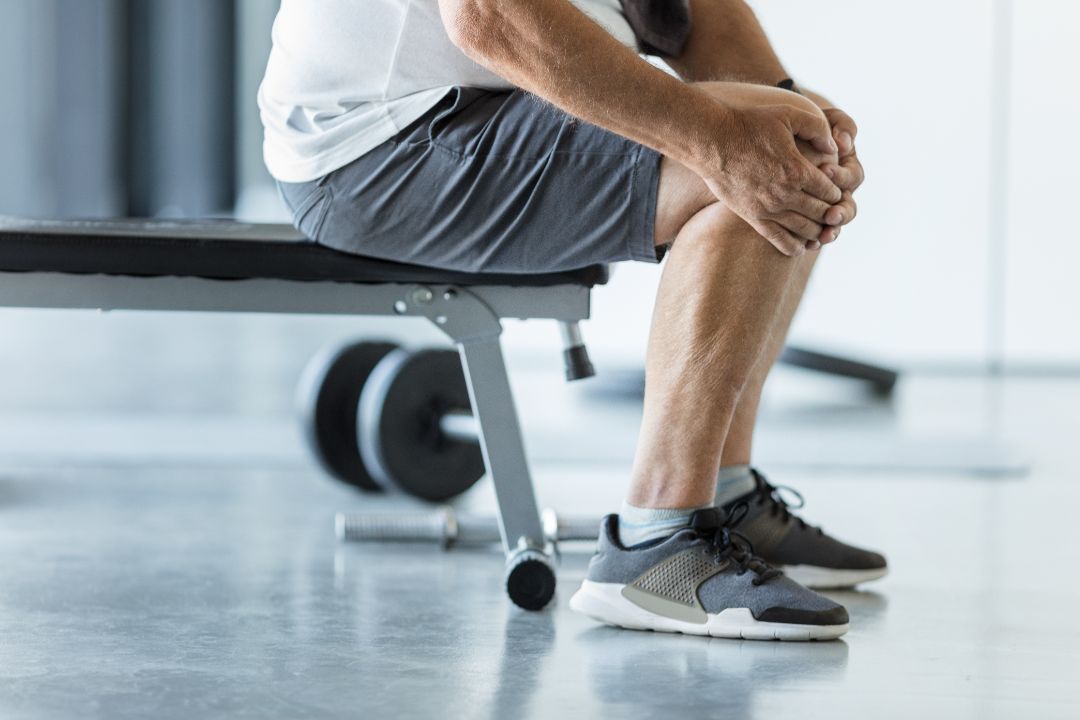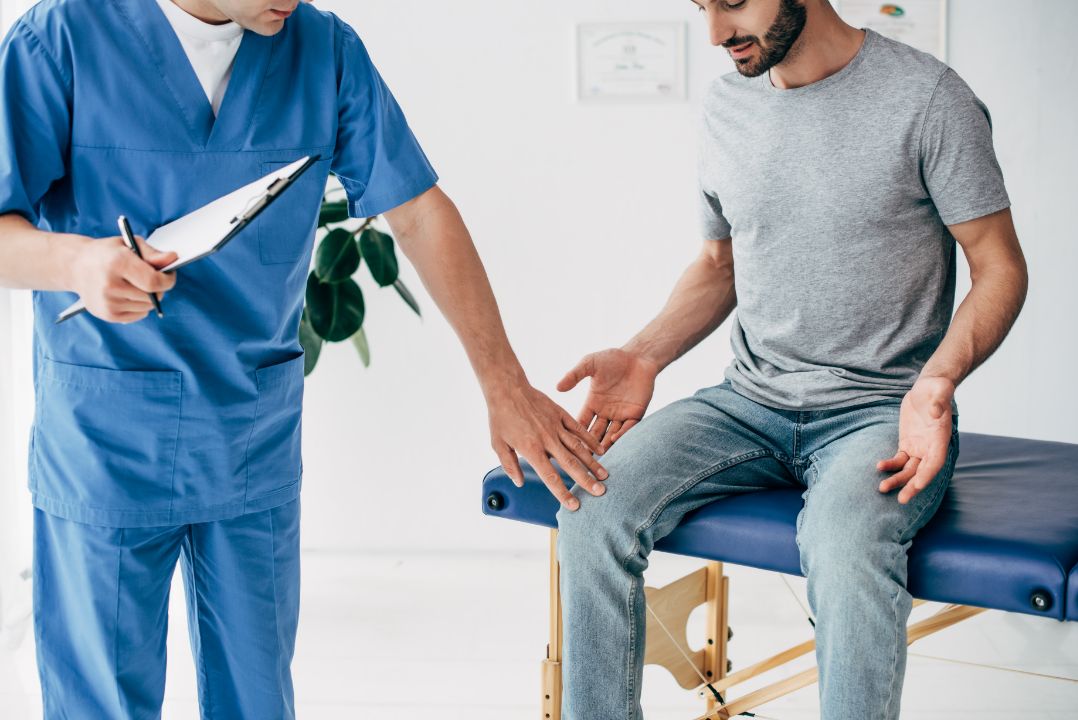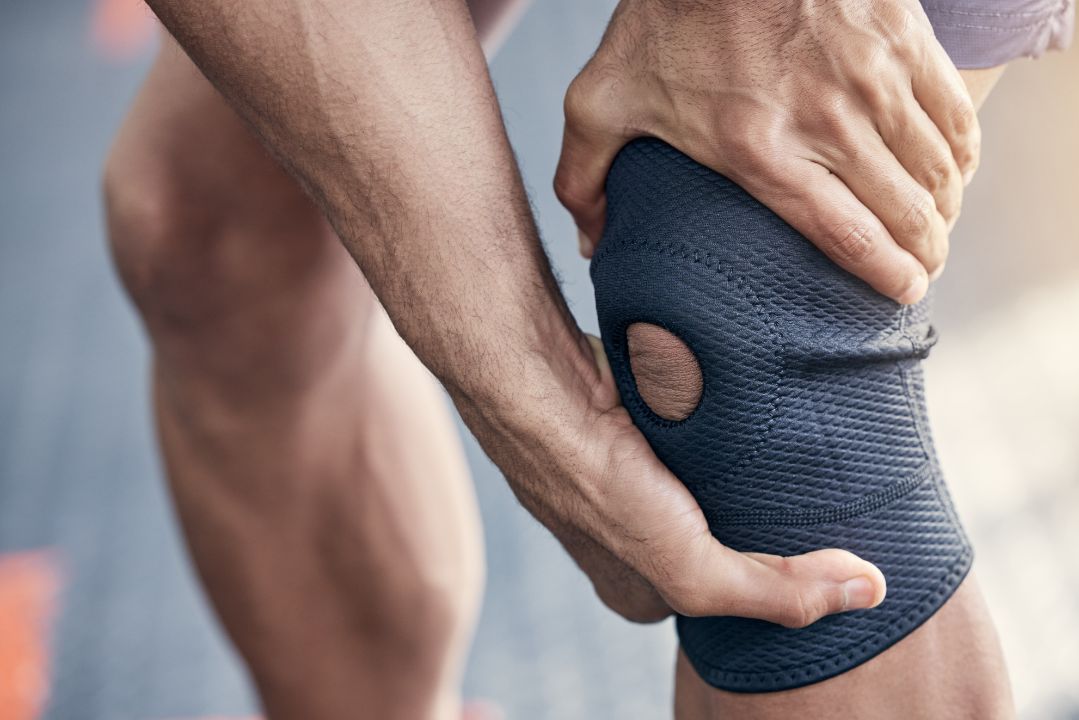An LCL or lateral collateral ligament injury is a common knee ligament injury that can occur during physical activity or trauma. The LCL is one of the four major ligaments in the knee and is responsible for providing stability to the outer side of the knee joint. When the LCL is damaged, it can cause pain, swelling, and knee instability.
The lateral collateral ligament (LCL) is one of the four ligaments stabilising the knee joint. It connects the femur bone to the fibula bone on the outer side of the knee. An LCL injury occurs when the ligament is stretched too far, partially or completely torn. It commonly happens due to direct impact or a sudden twisting force on the knee.
The symptoms of an LCL injury may include pain and tenderness on the outer side of the knee, swelling, stiffness, and difficulty in moving the knee. The knee may also feel unstable, and there may be a popping sound at the time of injury. In some cases, other knee injuries may occur along with an LCL injury, such as an anterior cruciate ligament (ACL) injury or a meniscus tear.
It is essential to seek medical attention if you suspect an LCL injury for proper diagnosis and treatment. Ignoring or delaying treatment may lead to knee instability and long-term complications.
LCL injuries are classified according to their severity:
The treatment of LCL injuries depends on the severity of the injury, the patient’s age, and overall health. Conservative management, such as rest, ice, compression, and elevation (RICE), may be recommended for grade 1 injuries, along with pain medication and physical therapy. Grade 2 injuries may require a knee brace and a longer period of physical therapy. Surgery may be necessary for severe grade 3 injuries or if the knee is unstable after conservative management.
Understanding the causes and symptoms of LCL injuries is crucial for early diagnosis and treatment. Seeking medical attention and following a personalised rehabilitation plan can improve the chances of a successful recovery.
If you suspect that you have an LCL injury, it is important to seek medical attention for proper diagnosis and treatment. The diagnosis process typically involves a physical examination, imaging tests, and other medical interventions as deemed necessary by your healthcare provider.
Physical examination may involve checking for tenderness, swelling, and instability in the knee joint. Your healthcare provider may also perform specific tests to evaluate the integrity of the LCL.

Photo Credit: tommyandone, Envato
Imaging tests, such as X-rays, MRI, and ultrasound, may confirm a diagnosis or rule out other possible knee injuries.
Conservative management is often the first line of treatment for LCL injuries. This may include rest, ice, compression, and elevation (RICE), and the use of non-steroidal anti-inflammatory drugs (NSAIDs) to manage pain and inflammation.
Physical therapy is an essential component of successful LCL injury treatment. Your physical therapist will design a personalised rehabilitation plan that includes strengthening exercises, range of motion exercises and stretches to promote knee stability and strength.
Surgical intervention may be necessary if conservative management and physical therapy fail to alleviate symptoms. LCL reconstruction surgery involves replacing the damaged ligament with a graft taken from another part of the patient’s body or from a donor.
Knee rehabilitation and exercises play a critical role in the recovery process for LCL injuries. Your physical therapist will design a customised rehabilitation program with specific exercises and stretches to improve knee strength and stability.
Rehabilitation typically starts with gentle range of motion exercises and progresses to more advanced exercises as the knee heals. It is important to follow your therapist’s instructions and to avoid overexerting the knee during this process.
Some common exercises for LCL injury rehabilitation include quad sets, straight leg raises, hamstring stretches, and calf raises. Your physical therapist may also incorporate balance and proprioception exercises to promote knee stability.
Rehabilitation and exercises should be done regularly and consistently to achieve optimal results. It is important to be patient and not rush the recovery process, as improperly healed knee injuries can lead to long-term complications.
Recovering from an LCL injury can be a challenging and lengthy process. It is important to follow a personalised rehabilitation plan developed by a medical professional to ensure proper healing and minimise the risk of re-injury.

Photo Credit: LightFieldStudios, Envato
The duration of recovery for an LCL injury varies depending on the severity of the injury and the individual’s progress during rehabilitation. In some cases, recovery can take as little as a few weeks, while in others, it may take several months.
Physical therapy is an essential component of rehabilitation for LCL injuries. Your physical therapist will develop a personalised exercise plan to help you regain strength and improve range of motion in your knee. These exercises may include:
In addition to exercises, your therapist may recommend stretches to improve flexibility and reduce stiffness in the knee. These may include stretching the quadriceps, hamstrings, and calf muscles.
Recovering from an LCL injury can be complicated by several factors, including the injury’s severity, treatment effectiveness, and the patient’s commitment to the rehabilitation process. Patients may also experience pain, swelling, and stiffness during recovery.
It is important to communicate regularly with your healthcare provider to address any challenges or complications and modify your rehabilitation plan as necessary.
Patience is critical during the recovery process for an LCL injury. Following the rehabilitation plan consistently and avoiding pushing yourself too hard too soon is essential. Rushing the recovery process can result in reinjury or prolong the recovery time.
Adherence to the rehabilitation plan is equally important. Performing exercises and stretches as directed by your healthcare provider will increase the likelihood of a successful recovery and reduce the risk of long-term complications.
In conclusion, LCL injury recovery and rehabilitation require patience, commitment, and a comprehensive plan developed by a medical professional. Adhering to the rehabilitation plan and regularly communicating with your healthcare provider will improve the chances of a full recovery.
Lateral Collateral Ligament (LCL) injuries can be serious and may require extensive recovery and rehabilitation. It is essential to take precautions to prevent these injuries from occurring. Here are some tips:
During physical activities, it is crucial to maintain proper alignment of your knees. Avoid movements or positions that stress the knees, such as twisting or pivoting. Always keep your knees aligned with your hips and feet.

Photo Credit: YuriArcursPeopleimages, Envato
Wear appropriate protective gear such as knee pads and braces if participating in high-impact sports. These will help stabilise the knee and provide cushioning to absorb shock.
If you are starting a new exercise program or activity, gradually increase the intensity to allow your body to adjust to the new movements. Sudden intense exercise can put unnecessary stress on your knees and lead to injury.
To support knee stability, it is important to maintain regular exercise and strength training focused on the muscles around the knee joint. Strong muscles will help protect the knee joint from damage and reduce the risk of LCL injuries.
Following these tips and taking precautions to protect your knees can significantly reduce the risk of LCL injuries. Remember that prevention is always better than cure.
Symptoms of an LCL injury may include pain on the outside of the knee, swelling, instability, difficulty bearing weight on the affected leg, and a popping or tearing sensation at the time of injury.
LCL injuries can occur due to direct impact to the knee, sudden twisting or bending of the knee, sports-related activities, and traumatic accidents.
LCL injuries are diagnosed through physical examination, including evaluating the range of motion and stability of the knee. Imaging tests such as X-rays, MRI scans, or ultrasound may also be used to confirm the diagnosis.
Treatment options for LCL injuries vary depending on the severity of the injury. Conservative management may be recommended, including rest, ice, compression, and elevation (RICE), as well as physiotherapy exercises and bracing. Surgery may sometimes be necessary to repair or reconstruct the damaged ligament.
The recovery time for an LCL injury can vary depending on the severity of the injury and individual factors. Generally, it may take a few weeks to several months for a complete recovery. Following a personalised rehabilitation plan and adhering to medical advice is crucial for a successful recovery.
To prevent LCL injuries, it is important to maintain proper knee alignment during physical activities, wear appropriate protective gear, and gradually increase intensity during exercise. Regular exercise and strength training to support knee stability are also helpful in preventing LCL injuries.